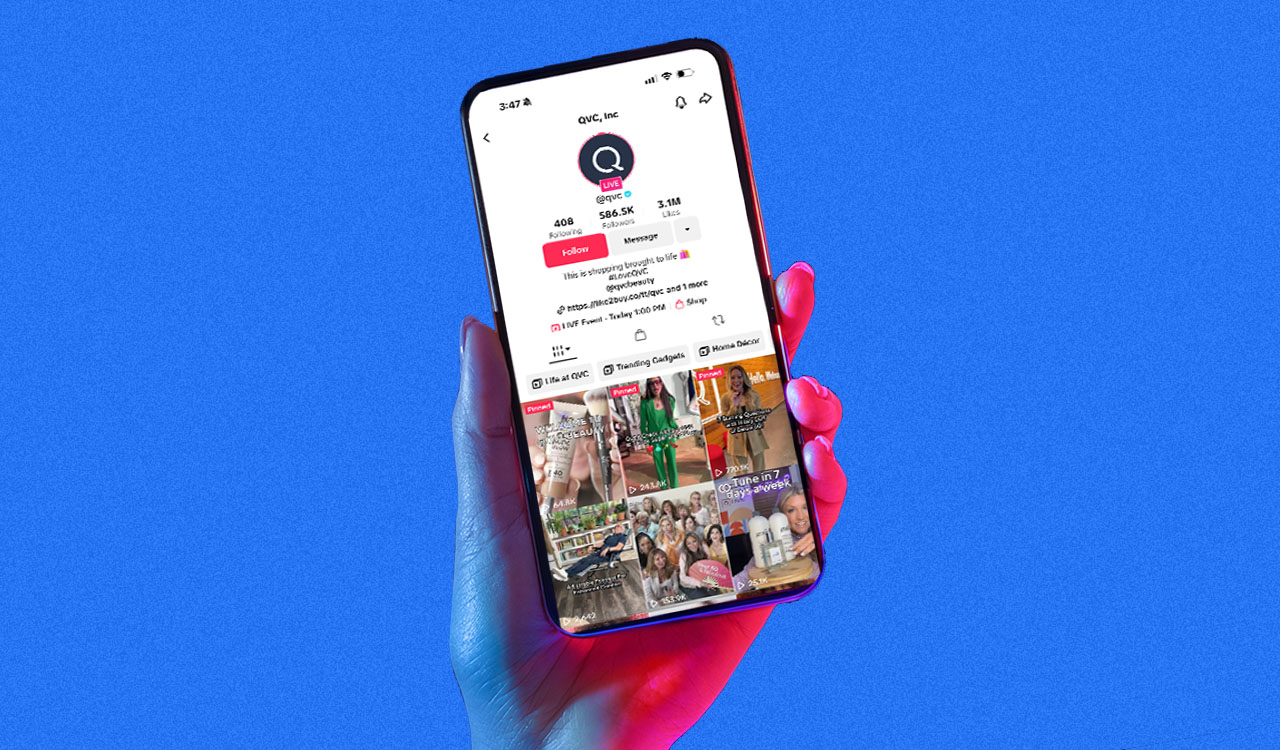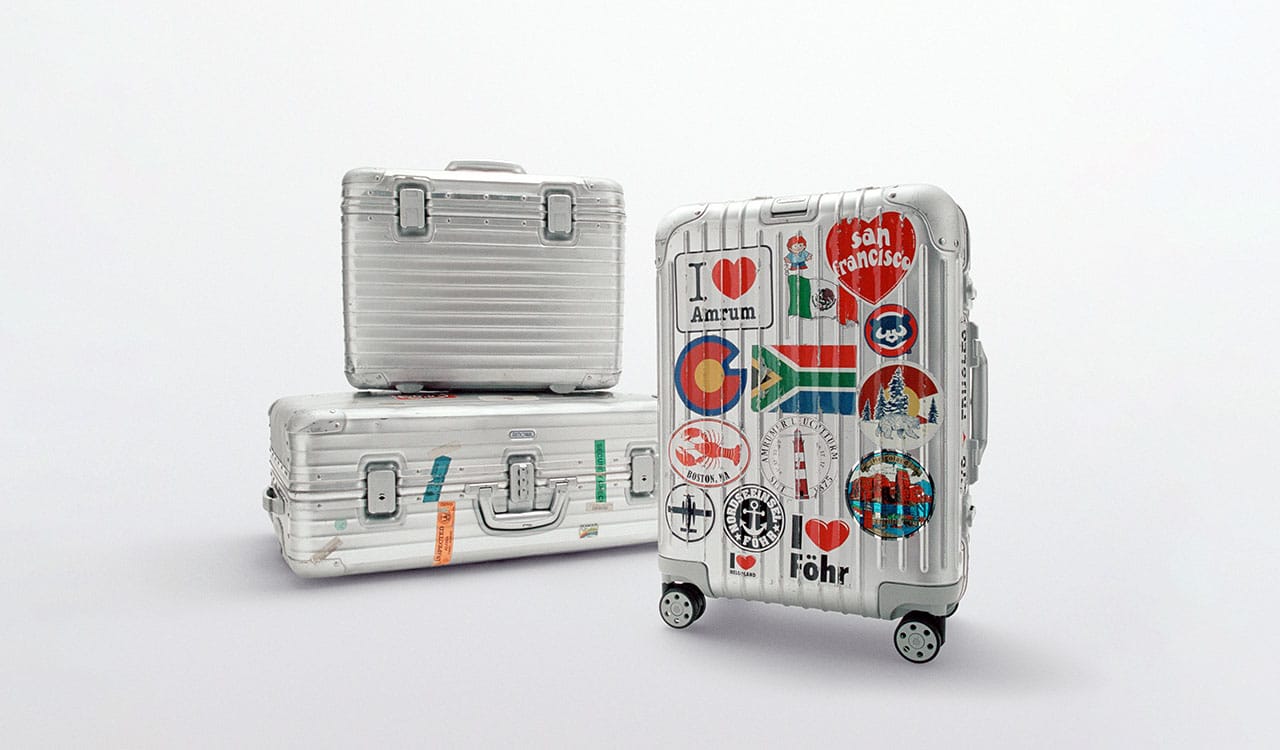I coined the phrase, “positioning drift” to define the collapse of A&F about eight years ago, following about 25 years of incredible growth under the leadership of CEO Michael Jeffries. “As Michael Jeffries heads into the sunset, he will be leaving behind a once victorious A&F brand that he brilliantly developed over the past quarter century that is now in tatters. He was blinded by meteoric success, in my opinion and did not see his adversaries gunning for his consumers as his brand drifted off course. That was Jeffries’ Achilles heel. He drifted older along with his original young customers. He kept his focus on those aging customers (as if they would be sexy, young, and cool forever) without looking over his shoulder at their younger siblings, most of whom wouldn’t be caught dead wearing their older brothers’ and sisters’ brand. This positioning drift blindsided Jeffries. In my opinion, even if he had foreseen the need to pivot to the next generation, Jeffries would not have been able to successfully reposition the brand.”
At the end of the day, no amount of product, marketing, store layout, or presentation repositioning would work to capture the emerging millennials and Gen Zs who arrive with their own ideas about what’s cool, and not. And to them, A&F is not. And after 25 years and billions of marketing dollars, bombarding consumers’ brains with an A&F image that automatically pops up every time A&F is read, heard, or seen, makes a turnaround under that brand name, almost impossible.
The reality is that VS was broken. The marketing of the company was inappropriate. It didn’t need a little tweak. It needed a complete revolution. But you don’t change a brand’s positioning in five minutes or a day or a month or a week. It takes years.
So, that’s why apparel brands must continually and incrementally evolve their brand, its imaging, product styling, marketing, and presentation to connect and stay connected with each new generation and their idea of “cool.”
There are other examples of brands that got caught in the positioning drift. Many of them are now residing in Authentic Brand Group’s portfolio: Juicy Couture, Nautica, FRYE, Forever 21, Eddie Bauer, Aeropostale, and others. ABG’s model is a licensing business, and my opinion of their fate is not optimistic. https://therobinreport.com/?s=simon+properties+JC+Penney.
Is VS an Echo or a Repeat?
In 2018, as Victoria’s Secret was unraveling from the same positioning drift issue, I said, “Who would’ve thunk it? How could Les Wexner, the IQ leader of leaders in the pantheon of retail greats, not have thunk ahead of the curve about the fact that his iconic Victoria’s Secret brand was behind the curve.” I was speaking of his failure to see and to pivot to the new young millennial and Gen Z cohorts with a totally different set of values, tastes and style preferences than their Boomer predecessors. Let’s review: The brand was founded by a businessman who positioned the original brand’s stores as places where men could fantasize and/or buy lingerie for women. When Wexner acquired it in 1982, he went on to strengthen that positioning to infinite levels. At its pinnacle, customers not only accepted the brand’s blatant sexual imaging and styling, but they also supported the brand with a 30 percent share of the market. One could argue that the soft-porn image of VS became as popular with women as it was with cross dressers.
Like Michael Jeffries and A&F, Wexner proceeded to build and manage this Victoria’s Secret for decades, Like A&F, the success of the VS brand was also driven by its sexy products and marketing. And like A&F, it got sucked into a positioning drift. But there’s still hope for A&F. After eight years under the leadership of CEO Fran Horowitz, the brand is seeing some green shoots from its long period of re-positioning.
Will VS, Led by CEO Martin Waters, Get Back to Great?
Waters took the helm in 2020, and according to an article in The New York Times, one could hope he’s talking the right talk and strategically has begun to walk the right walk to return the brand to positive and profitable growth and its dominant share of market. It’s an evolution, not a revolution. Although the website is still focused on looking and feeling sexy, he is shifting the product styling to include more natural looks and body images of everyday women. He dumped its sex-infused annual fashion show with its Angels and soft-porn lingerie presentations. The Angels were replaced with a group called VS Collective, including models inclusive of all shapes, ethnicities, and professions.
That being said, there is a significant disconnect between the theory and practice of transforming VS. The Collective website looks to be in one strategic direction with aspirational marketing language of “We’ve centered ourselves around what our customer wants and needs – making sure that they are proud to shop at Victoria’s Secret. We have moved from promoting an exclusionary view of what’s sexy, to celebrating all women throughout every phase of their lives. We will continue this work and look to be an industry leader in retail innovation, fashion, sustainability, and continuous ingenuity—getting to the heart of what our diverse customer base wants.” Sounds good, but when your new marketing position is basically siloed from your current ecomm business that still extolls sexy in an old-fashioned, not body positivity sexy way, you have to wonder.
Waters is also changing the culture and management. As stated in the NYT, “After becoming CEO, he (Waters) said he held a companywide meeting to hit the reset button at the end of 2020 and told employees that Victoria’s Secret needed to change.” Waters said, “The reality was that the company was broken. The marketing of the company was inappropriate. It didn’t need a little tweak. It needed a complete revolution. You don’t change a brand’s positioning in five minutes or a day or a month or a week. It takes years.” The Collective site affirms that VS supports its 87% female associate base, is investing in women-owned businesses, and funding causes that will make the world better. “In the next five years, VS&Co will invest $50 million to fund causes that matter to our customers, like the fight to eradicate cancers that fully or disproportionately impact women. We are also committed to increasing capital for women owned and run businesses.” Also,“VS&Co is committed to 100% pay equity for all genders, races, ethnicities, and the intersections of these identities. And the VS&CO-LAB is a curated digital platform that champions brands that are for, founded, owned, or run by women. This new destination showcases brands that align with our values of innovation and inclusivity. Through VS&Co-Lab we offer these brands an unparalleled marketing reach, the ability to amplify their stories, and strategic mentorship, all while bringing customers new and desirable products.”
Great ideas, yet the women-funded businesses are showcased on a separate site, not the VS site. It would appear that Waters has many different siloed business lines that are unaligned, which is confusing … or misleading to say the least.
The Brave March ForwardVS is just now beginning to see the light of the brand’s transformation. To continue changing the culture, Waters also replaced the male-dominated executive team and board of directors. In his strategy to transform VS from soft porn to body positivity, Waters got hundreds of letters from people who said they were no longer shopping VS due to the marketing changes. He said he had a brief moment of doubt. However, he discovered that most of those letters were from men obsessed with the old VS. Waters said, “We were happy to say goodbye to them.”
Can Waters Pull It Off?
A few issues are going to act as barriers to Waters’ plans. First of course, is how many years the Board and Wall Street will give him to turn it around. Another is that the market is now more crowded with legitimate competitors: Aerie, Lululemon, and Rihanna’s Savage X Fenty and ThirdLove startups. And a third barrier is how deeply embedded the past sex-associated VS brand is in consumers’ minds. Hear, see, or read the words Victoria’s Secret’s, and is the consumer going to be able to compute that it stands for something different than what it originally stood for?
The Times pointed out that “some shoppers say that they can’t ever see Victoria’s Secret as anything other than what it has represented for decades.” A 33-year-old professional woman they interviewed said, “There is very little chance that I will ever think of Victoria’s Secret as anything other than a brand that showcases a very narrow and unrealistic depiction of women’s bodies.” Changing the brand to VS, eliminating the old name may not be enough. It may need a full-scale reset.
The one statement that Waters made gives me hope. He said, “The idea is that we support women on their journey, not tell them what their journey should be, not define for them what sexy should be, but listen to them.” He commented on a streaming service, a multi-day global fashion event next year, “It will be very inclusive. It will be broader than just the look of the lingerie. It will be about women’s journeys through life.”
Stick to that philosophy Martin. And while you’re at it, get all your public facing marketing coordinated with one cohesive message. And if you are sincere and consistent with all of your current and lost consumers, the current ones will visit more often and buy more, and the lost customers will return. And maybe the repositioning will stick, and the Board and Wall Street will give you all the time you need.





